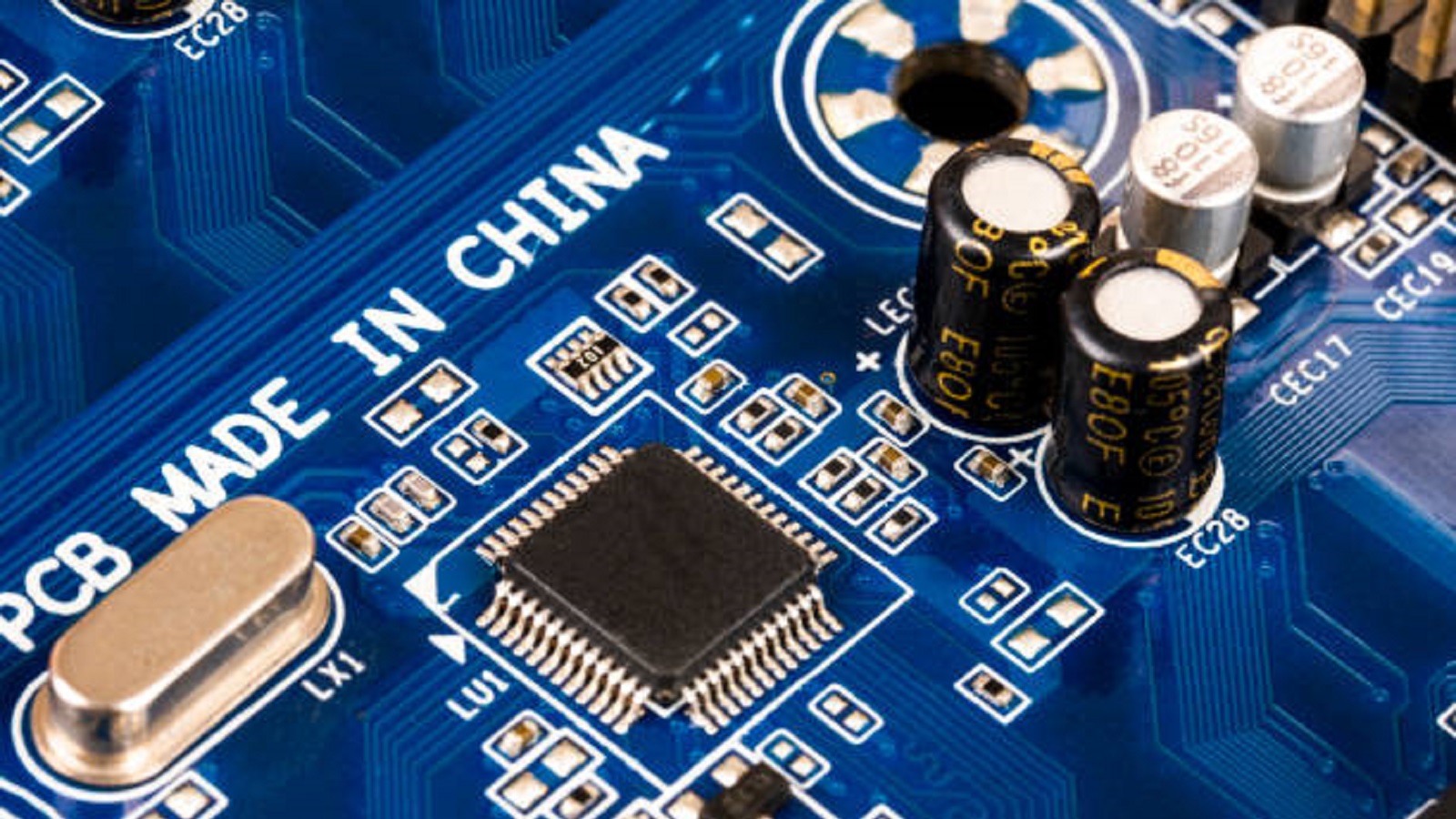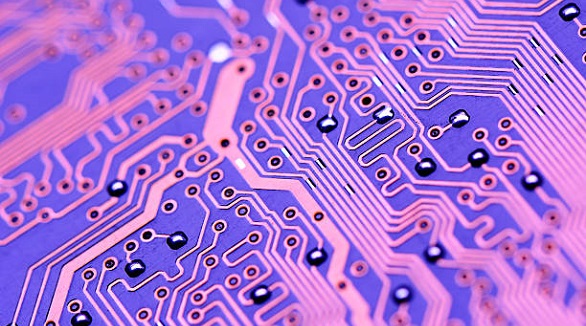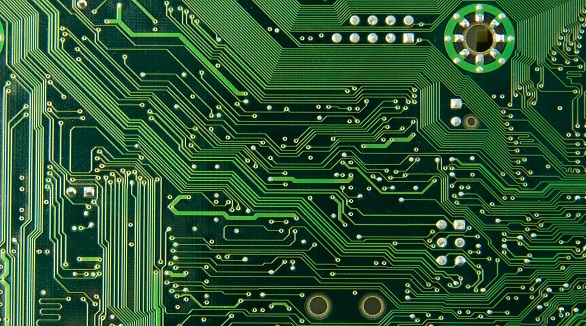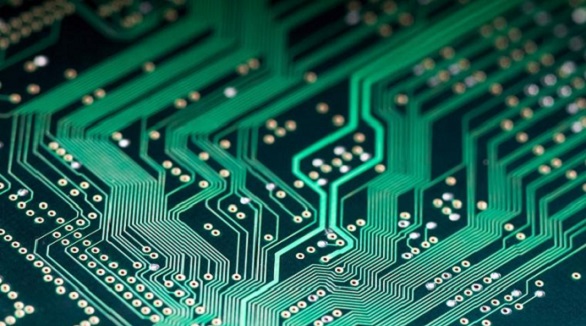Blue PCB
Blue PCBs enhance electronics with aesthetic appeal, improved inspection, temperature resistance, and brand identity, offering unique advantages over traditional options.
A Printed Circuit Board is the backbone of every electronic device, providing a support structure and a medium of electrical conduction for various components. Though traditionally green, PCBs come in a variety of colors today, with blue being a favorite for many engineers and designers. This choice includes more than just aesthetic reasons; blue PCBs boast several practical advantages that extend functionality and marketability for electronic devices. The following article explains in detail the intricacies of blue PCBs, their structural make-up, types, and the benefits they have over traditional PCBs.
The blue PCBs act, as do all PCBs, as the supporting platform where electronic circuits are assembled. They facilitate both electrical and mechanical connection to allow components to work properly in a circuit. Their blue color comes from the solder mask, the insulating layer protecting the copper traces against accidental short circuits or even jumping of the solder.

Composition of Blue PCBs
The general composition of the blue PCB includes four major layers, each performing a different and very important role in the functioning of the board, including:
Substrate: The substrate is usually the basic layer made of FR4-type blue fiberglass that gives the rigidity to the board. In applications requiring flexibility, the substrate used is some kind of high-temperature plastic. Other possible constituents of custom-made blue PCB include phenolic or epoxy, although these types of substrates are less strong and find application only in low-grade electronics.
Copper Layer: This layer provides the pathways of the circuit. In the single-layer PCB, copper is there on one side, but in the double or multi-layer board, it is there on both sides. Normally, copper thickness varies over various thicknesses measured in ounce per square feet for use according to power requirements.
Solder Mask: The solder mask is the defining layer, which covers the copper traces mainly for insulation and to avoid solder bridges when placing components. On blue PCBs, the solder mask could be transparent or the color of the blue substrate.
Silkscreen: The topmost layer of the PCB, the silkscreen, is used for labeling. It includes symbols, numbers, and letters that guide assembly by denoting component locations and connections. Black and white inks are common for contrasts with the blue solder mask.
Types of Blue PCBs and Applications
Blue PCBs come in various types, each suited to different applications:
Single-Layer Blue PCB: These have copper on one side and are used in low-power applications such as cameras, calculators, and sound systems.
Double-Layer Blue PCB: Having copper layers on both sides, these boards are used in somewhat complex applications, including automotive dashboards and industrial controls.
Multi-Layer Blue PCB: These are made up of multiple double-layer boards and support sophisticated devices like medical equipment, satellites, and data storage systems.
Rigid Blue PCBs: These are of solid construction and are intended for devices that need stability and durability for their lifetime.
Flexible Blue PCBs: These can bend to fit into complex device designs, thus offering versatility in constrained spaces.
Advantages of Blue PCBs
Aesthetic and Market Appeal: Blue PCBs impress through their bright color, enhancing the appeal of products and expressing innovation and quality, and hence are best used for consumer electronics visible to an end-user.
Improved Visibility for Inspection: The contrast of the blue solder mask assists in visual inspection for locating defects and ensures high-quality standards for manufacturing.
Temperature Resistance and Durability: Blue PCBs are normally considered for their thermal properties, which make them fit for high-temperature applications in high-performance computing systems.
Brand Differentiation: The distinctive color facilitates brand identity in the competitive market, allowing companies to use blue PCBs as a hallmark of their product lines.
Glare Elimination: The matte finish of blue solder masks reduces glare during assembly and testing, enabling technicians to work with higher efficiency under bright lighting conditions.
Comparison of Blue PCBs with Conventional PCBs
Functionally identical to conventional PCBs, blue PCBs have greater aesthetic appeal and some functional advantages compared to the more common green or red boards. The lower contrast of the blue solder masks against copper traces demands careful inspection, often requiring magnification, which in turn contributes to minimizing defects and improving reliability.

Blue PCBs combine visual distinction with practical utility, making them a popular choice in modern electronics design. The formulation strikes a balance between toughness and aesthetics to support uses ranging from consumer electronics to industrial and automotive applications. With ongoing improvements to electronics, the flexibility and benefits of blue PCBs will continue to secure its standing to meet the industry that respects both form and function. In choosing the use of blue PCBs, designers and manufacturers achieve outstanding-looking high-quality products that make a presence in the market.
Hot Tags:
Contact us

If you can't find what you're looking for, please contact us.
Article

Purple PCBs offer aesthetic and technical benefits, enhancing contrast and performance. Ideal for various industries, they require careful manufacturing for best results.

Green PCBs reduce visual fatigue, enhance error detection, and are cost-effective due to military influence and industry standards. However, other colors like red, blue, black, and white are also available for specific needs.

The trend towards lead-free PCB manufacturing comes due to the EU's ROHS directive, which requires compliance to the limits on the content of lead. Compliance with lead-free is achieved by different surface finishes such as ENIG, ImAg, ImSn, and OSP—all with their different pros and cons. This paper compares these finishes to help choose the best for specific PCB applications.
